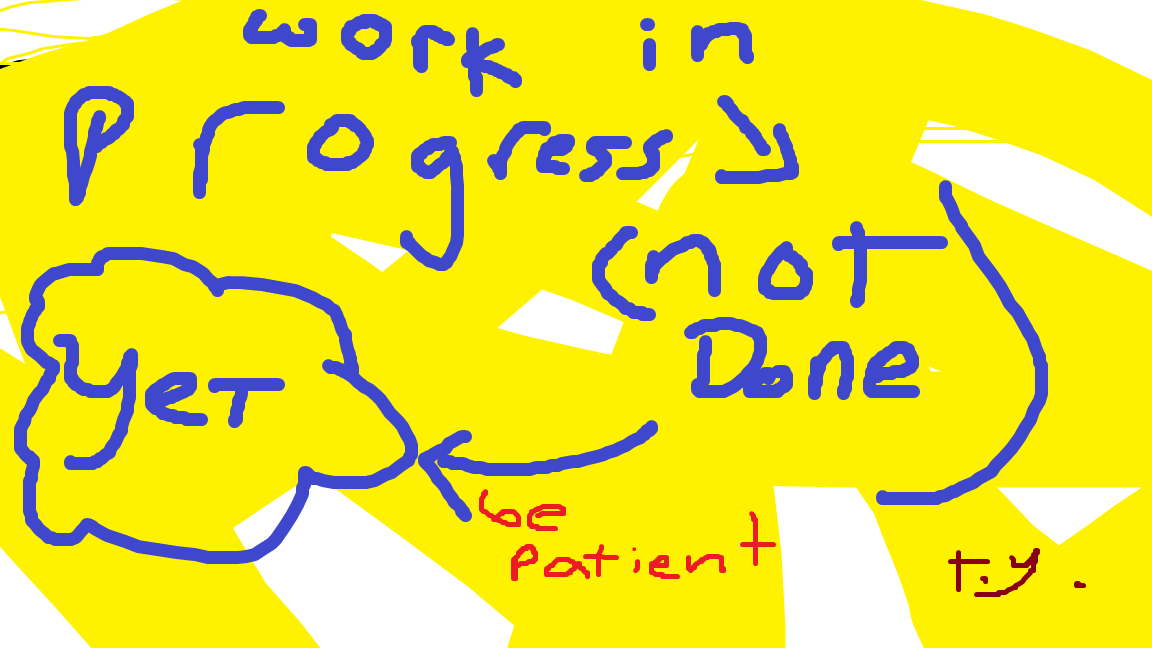
Hair Removal

Table of Contents

Introduction
Hair removal has been around a long time for various reasons. This resource is in regards to various ways in which the hair removal process may look like.
There are a variety of reasons why people decide to remove hair from their body. I cannot control what anyone decides to do with their body, however I can tell you this - don't shave or wax or whatever because you think that other people want you to. Don't shave because of the personal opinions of others. Do it because you want to. Because you personally enjoy the feeling of it.

General Information
Hair removal is, well, the removal of hair. There are various reasons and methods why someone would want to remove their hair and how. For some people, such as most transgender women, having body and facial hair causes gender dysphoria. For some people, such as some transgender men, being able to shave facial hair causes gender euphoria. Really, it all comes down to the invividual person and why they are trying to remove hair.
Permenant hair removal is typically required for people who pursue surgeries that involve skin grafts, such as vaginoplasty or phalloplasty.

Electrolysis
A medically permenant method of hair removal using electricity.
Click to jump to external resources regarding electrolysis.

Laser Hair Removal
Laser hair removal is a medical procedure where a concentrated beam of light (aka, a laser) is used to remove hair.
Click to jump to external resources regarding laser hair removal.

Shaving
Shaving is the cheapest and most accessible method of hair removal. It can be done in your own home (unlike other methods) and it can be painful if you do not follow proper protocal. Do not dry shave, or you can sustain minor injuries (nicks, cuts, irritation, burns, etc).
If you have acne, be careful when shaving. Shaving can irritate the skin, making acne worse (never try to shave the acne off). Try experimenting with electric or disposable blade razors to see which work best for you, and always shave lightly to avoid nicking the acne.
If you are going to shave an area that has long hair (such as the pubic area), it is generally speaking a good idea that you trim the hair down first with scissors so that it is easier to manage once you go in with a razor. If you posess testicles and intend to shave them, you are statistically more likely to injure yourself with electric clippers than you are with a 2-blade safety razor.
When shaving it is important that your skin, and the hair you intend to remove, is wet/warm/moist. This helps the razor glide smoothly and avoid bumps/burns/cuts. A good time to shave is (or after) after a bath (or a shower) so that there are no oils or dead skin in the way to clog up the razor blade. This is assuming that you are exfoliating the skin to remove any oils or dead skin.
Apply shaving cream, gel, or foam to the area you intend to shave prior to shaving it to avoid cuts or burns. The lubrication helps prevent you from pressing down too hard with the razor. Lather it up to help moisten the skin and hair. Seek out products meant for sensitive skin if you, well, have sensitive (or dry) skin. Applying moisturizer or aftershave after shaving helps keep your skin comfortable and soft (note, double check the ingredients of products labeled "aftershave" and avoid anything that contains alcohol, unless you enjoy the feeling of being slightly burned, but that is entierly up to your personal preference).
It is generally recommended that you shave "with the grain" (aka, shave your hair in the direction of which it grows), though in places like the face (where the hair grows in various different directions) it is better to simply shave in whatever direction is most comfortable for you personally. For other parts of the body (such as the legs) shave first with the grain, then against it on the second pass. Use light, gentle strokes. Let the razor do the work for you. Do not overshave the same spot, as this can cause irritation.
Rinse your razor blade with water after each swipe. Do not tap the razor against something (like the sink) as this can cause damage. If you are using a disposable razor blade, throw it away after every 5-7 shaves to minimize irritation. Always check your blade to make sure that it is nice and sharp. A dull blade is more likely to nick you. Some brands of razor will have other video indicators to help you tell that they are in need of replacement.
When you are done shaving, rinse off. Pat yourself dry instead of rubbing to avoid irritation.
Store your razor in a dry location to prevent bacteria growth. (Aka. Do not store it in the shower or on a wet sink.) If you are shaving the pubic area, keep a separate razor for the purpose. This helps keep it sharp.
Note that shaving cream should not be used when using an electric razor.
Click to jump to external resources regarding shaving.

Waxing
Able to be done either at home or by a professional, hair waxing is the process of removing hair from the root via covering the hair with a sticky substance, then ripping it out.
Click to jump to external resources regarding waxing.

External Links
These links are provided for the reader to to additional reading for entertainment purposes. None of these links are sponsored, nor endorsed. The views/opinions/etc expressed in the blogs/articles/etc below do not inherently represent those of The Transgender Dictionary

Electrolysis Resources
- Cleveland Clinic - Electrolysis
- Electrology - How does electrolysis work?
- point of pride: electrolysis support program - based in the USA
- Wikipedia - Electrology

Laser Hair Removal Resources
- milan laser - laser hair removal access in USA
- Mayo Clinic - Laser hair removal
- Wikipedia - Laser Hair Removal

Shaving Resources
- American Academy of Dermatology Association - How to Shave (https://www.aad.org/public/everyday-care/skin-care-basics/hair/how-to-shave) - six step instructions regarding how to shave
- Classic Shaving (https://www.classicshaving.com/) - site that both sells shaving products and has info about shaving and shaving tips
- FTM Guide - All About Shaving (https://www.ftmguide.org/shaving.html) - lengthy & detailed blog post regarding how to shave, shaving methods, different types of razors, additional resources
- Gillette - Do You Really Need Shaving Cream? The Science Behind Shave Gels and Foams (https://gillette.com/en-us/shaving-tips/shaving-science/why-use-shaving-cream) - short blog post explaining the need for shaving cream
- Gillette - How to shave your face (https://gillette.com/en-us/shaving-tips/how-to-shave/how-to-shave-your-face) - nine step instructions regarding how to shave
- Harvard Health: Jennifer Fisher, MMSc, PA-C: 10/10/2024: Folliculitis treatment and prevention (https://www.health.harvard.edu/diseases-and-conditions/folliculitis-treatment-and-prevention) - article about folliculitis
- Health Guide: 02/08/2022: Linnea Zielinski & Steve Silvestro, MD, DABOM, FAAP: How to Shave Down There (https://ro.co/health-guide/how-to-shave-down-there/) - article regarding tips and tricks on how to shave
- Health Guide: 01/24/2022: Felix Gussone, MD: How to Shave Your Balls (https://ro.co/health-guide/how-to-shave-your-balls-manscaping/) - article regarding how to safely shave testicles
- Kids Health - Shaving (https://kidshealth.org/en/teens/shaving.html) - article regarding the basics of how to shave
- Manscaped: Quinn L.: 03/09/2023: Beard trimmer vs. body trimmer: Should you use the same trimmer? (https://www.manscaped.com/blogs/grooming/beard-trimmer-vs-body-trimmer-should-you-use-the-same-trimmer) - article explaining hygiene, and also advertising products
- Men's Health: Kiera Carter: 04/30/2012: Q: Do I Need a Separate Trimmer for My Beard and Body Hair? (https://www.menshealth.com/style/a19531271/q-do-i-need-a-separate-trimmer-for-my-beard-and-body-hair/) - answer - yes, you probably should. for hygenic purposes
- My Beard Gang: 04/26/2020: Ashe: Can You Use The Same Razor For Your Face And Pubic Area? (https://mybeardgang.com/same-razor-face-and-pubic-area/) - article about using razors for more than one part of your body, as well as additional shaving tips and tricks
- PubMed - Preoperative hair removal on the male genitalia: clippers vs. razors (https://pubmed.ncbi.nlm.nih.gov/22908852/) - Grober, Ethan D et al. “Preoperative hair removal on the male genitalia: clippers vs. razors.” The journal of sexual medicine vol. 10,2 (2013): 589-94. doi:10.1111/j.1743-6109.2012.02904.x
- PubMed - Prevalence of Pubic Hair Grooming–Related Injuries and Identification of High-Risk Individuals in the United States (https://pmc.ncbi.nlm.nih.gov/articles/PMC5710443/) - Truesdale, Matthew D et al. “Prevalence of Pubic Hair Grooming-Related Injuries and Identification of High-Risk Individuals in the United States.” JAMA dermatology vol. 153,11 (2017): 1114-1121. doi:10.1001/jamadermatol.2017.2815
- Wayback Machine: Harry’s: 09/16/2019: Five O'Clock Staff: Tips for how to shave your face (https://web.archive.org/web/20230601145634/https://fiveoclock.harrys.com/2019/09/16/tips-for-how-to-shave-your-face/) - article explaining how to shave with a manual razor and how to shave with an electric razor
- Wayback Machine: Razor Central (https://web.archive.org/web/20210223150226/https://en.nassrasur.com/razorcentral/index.html) - website with detailed info about shaving
- Well Wisp: Mo: How to prevent folliculitis after shaving? | Smooth Solutions (https://wellwisp.com/how-to-prevent-folliculitis-after-shaving/) - article about proper shaving hygiene
- Wikipedia - Shaving (https://en.wikipedia.org/wiki/Shaving) - wikipedia page explaining shaving

Waxing Resources

Additional Resources
- nair
- Style Seat: Haircut Number System: Understanding Clipper Guard Sizes
- Transgender Teen Survival Guide - Hair Removal
- Trans Language Primer - Electrolysis / Laser Hair Removal
- Wikipedia - Hair Removal


